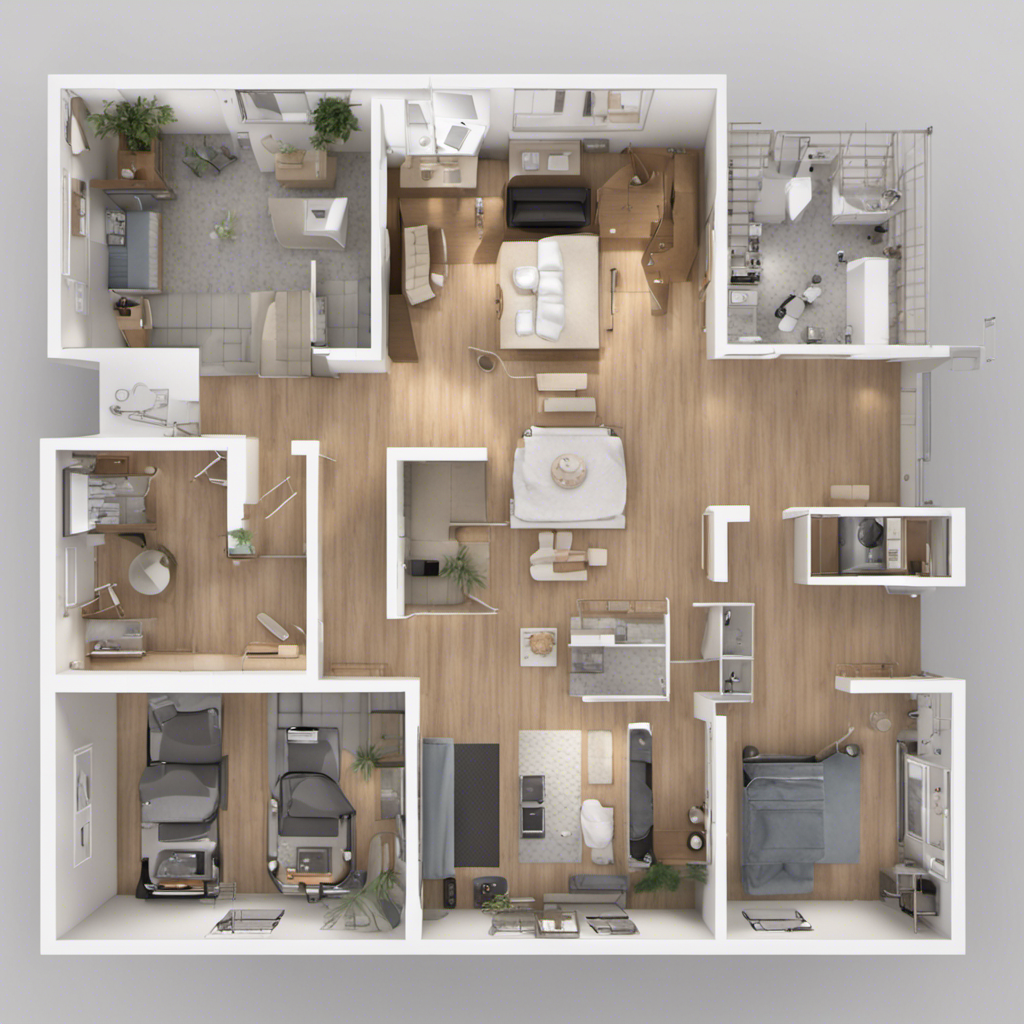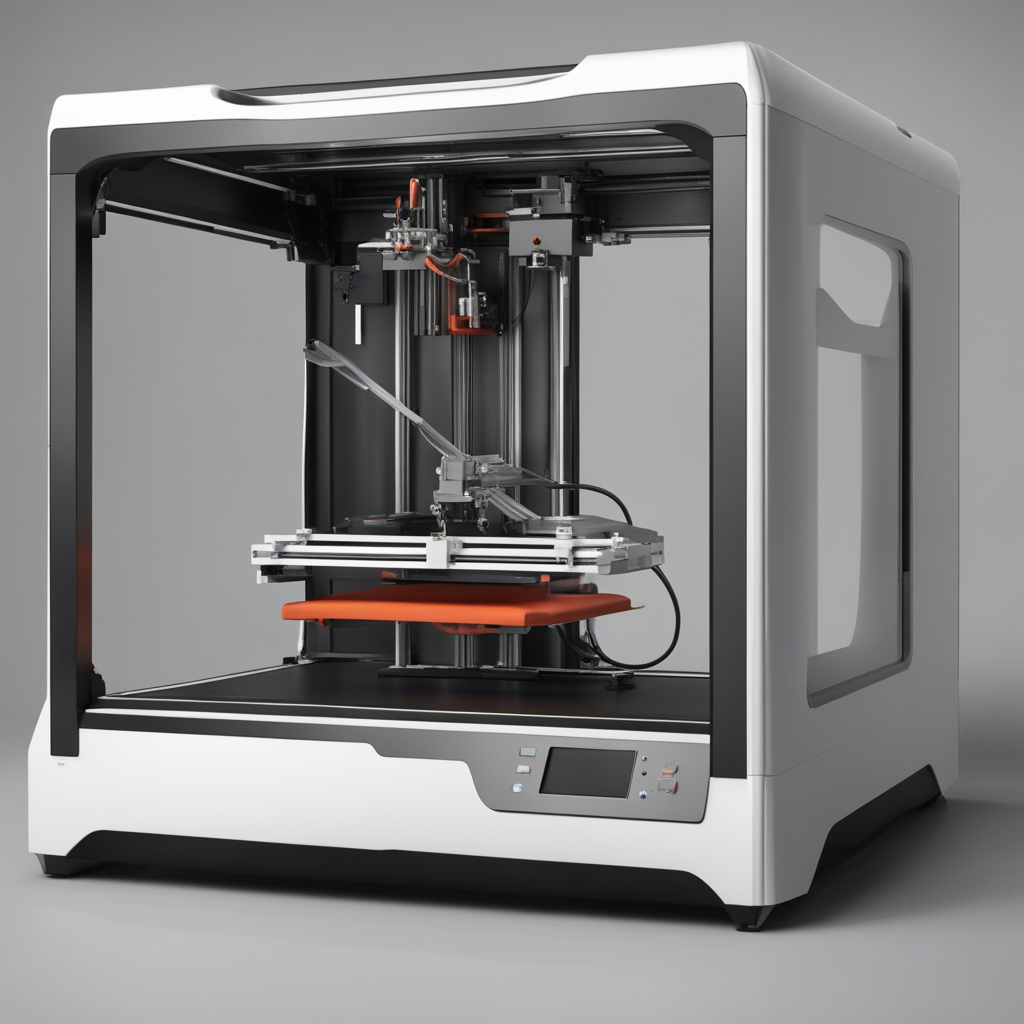
Setting Up Your Smart Home: A Comprehensive Guide
Welcome to our comprehensive guide on setting up your smart home. In this blog post, we will provide you with detailed instructions on how to transform your house into a connected, efficient, and convenient living space. We will cover everything from choosing the right devices to setting up networks and integrating various technologies. So let’s dive in!
Understanding Smart Home Technology
Smart home technology refers to a network of devices, appliances, and systems that can be controlled remotely and automated to enhance your everyday life. These devices generally utilize the Internet of Things (IoT) technology, enabling them to communicate with each other and with you through a centralized hub or a smartphone app.
Choosing the Right Devices
Before setting up your smart home, it’s crucial to choose the right devices that align with your needs and preferences. Here are some key considerations when selecting smart home devices:
-
Research: Start by researching and comparing different brands and product offerings. Look for devices that have positive reviews, high ratings, and a reputation for reliability. Consumer Reports, CNET, and TechRadar are reputable sources for product reviews and guides.
-
Compatibility: Ensure that the devices you choose are compatible with each other and can be integrated seamlessly into a single ecosystem. This will allow you to control multiple devices using a single app or smart assistant.
-
Smart Assistant Integration: Consider whether you want to use a smart assistant, such as Amazon Alexa, Google Assistant, or Apple HomeKit, to control your devices through voice commands. Check for compatibility with your chosen smart assistant when selecting devices.
-
Connectivity: Different smart home devices use various connectivity protocols, such as Wi-Fi, Bluetooth, Zigbee, or Z-Wave. Ensure that the devices you choose are compatible with the connectivity options available in your home.
-
Security: Security is paramount when it comes to smart home technology. Look for devices that offer robust security features, such as two-factor authentication, data encryption, and regular firmware updates.
Essential Smart Home Devices
Now that you have a better understanding of how to select the right devices, let’s explore some essential smart home devices you should consider for your setup:
-
Smart Speaker: A smart speaker with a built-in voice assistant is an excellent starting point for any smart home. It can play music, answer questions, control other devices, and even act as a hub for your smart home ecosystem.
-
Smart Thermostat: A smart thermostat allows you to remotely control and schedule your home’s temperature, resulting in energy savings and improved comfort. Look for features like learning algorithms, geofencing, and compatibility with your existing HVAC system.
-
Smart Lighting: Smart bulbs and lighting systems offer flexible control over your home’s lighting, allowing you to adjust brightness, color, and even create automated lighting routines. Consider energy efficiency, compatibility with your chosen smart assistant, and ease of installation when selecting smart lighting options.
-
Smart Security System: Protecting your home is essential, and a smart security system can provide peace of mind. Look for a system that includes features like cameras, motion sensors, door/window sensors, and professional monitoring services. Brands like Ring, Nest, and SimpliSafe are well-regarded in the market.
-
Smart Locks: Upgrade your home’s security and convenience by installing smart locks. These locks allow you to lock and unlock your doors remotely, grant temporary access to guests, and monitor your home’s entry points. Brands like August, Schlage, and Yale offer reliable smart lock options.
-
Smart Plugs: Smart plugs enable you to control and automate any device plugged into them. Whether it’s a lamp, a fan, or a coffee maker, you can turn them on or off remotely and even schedule their operation. Look for brands like TP-Link, Wemo, and Meross for reliable smart plug options.
Setting Up your Smart Home Network
To ensure optimal performance and connectivity for your smart home devices, it’s essential to set up a robust network infrastructure. Here’s a step-by-step guide to help you get started:
-
Evaluate your Internet Connection: Check your current internet connection speed and consider upgrading if necessary. Smart home devices typically require a stable and high-speed internet connection to function reliably.
-
Wi-Fi Coverage: Ensure your Wi-Fi router covers the entire home adequately. You can use a Wi-Fi range extender or a mesh Wi-Fi system to extend coverage to dead spots. Brands like Google Nest WiFi, Eero, and TP-Link Deco offer reliable mesh Wi-Fi options.
-
Guest Network: Set up a separate guest network to provide internet access to visitors without giving them access to your main network. This will help protect your privacy and prevent unauthorized access to your smart home devices.
-
Network Security: Secure your Wi-Fi network by changing the default router password, enabling network encryption (WPA2 or WPA3), and regularly updating the firmware of your router.
-
Separate Smart Home Devices: If possible, create a separate network for your smart home devices to isolate them from your main network. This prevents potential security vulnerabilities and minimizes the impact if one of your devices is compromised.
Integrating Smart Home Devices
Once you have selected your devices and set up your network, it’s time to integrate and control them effectively. The following steps will help you streamline the operation of your smart home ecosystem:
-
Install Device Apps: Download and install the respective apps for each of your smart home devices on your smartphone or tablet. These apps will guide you through the setup process and allow you to control each device individually.
-
Centralized Control: To simplify control and create automation routines, consider using a centralized control hub like Samsung SmartThings, Apple HomeKit, or Amazon Echo Plus. These hubs allow you to control multiple devices simultaneously and create customized scenes and automation rules.
-
Voice Control: If you have a compatible smart speaker or smartphone, set up voice control to interact with your smart home devices using voice commands. Most smart home platforms are compatible with popular voice assistants like Amazon Alexa, Google Assistant, and Apple Siri.
-
Automation Routines: Take advantage of automation to simplify your daily routines. Schedule your lights to turn on and off at specific times, set your thermostat to adjust automatically based on your preferences, and create routines that close the curtains and lock the doors when you leave home.
Conclusion
Congratulations! You have now learned the essentials of setting up your smart home. By following the steps outlined in this comprehensive guide, you can transform your living space into a connected and efficient haven. Remember to always prioritize security, choose compatible devices, and explore the diverse range of smart home options available in the market. Enjoy the convenience, comfort, and energy savings that a smart home brings!
Note: This blog post serves as an introductory guide to setting up a smart home. To delve deeper into specific devices or technologies, consult user manuals and guides provided by the respective manufacturers.






